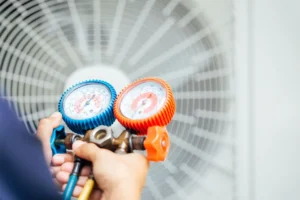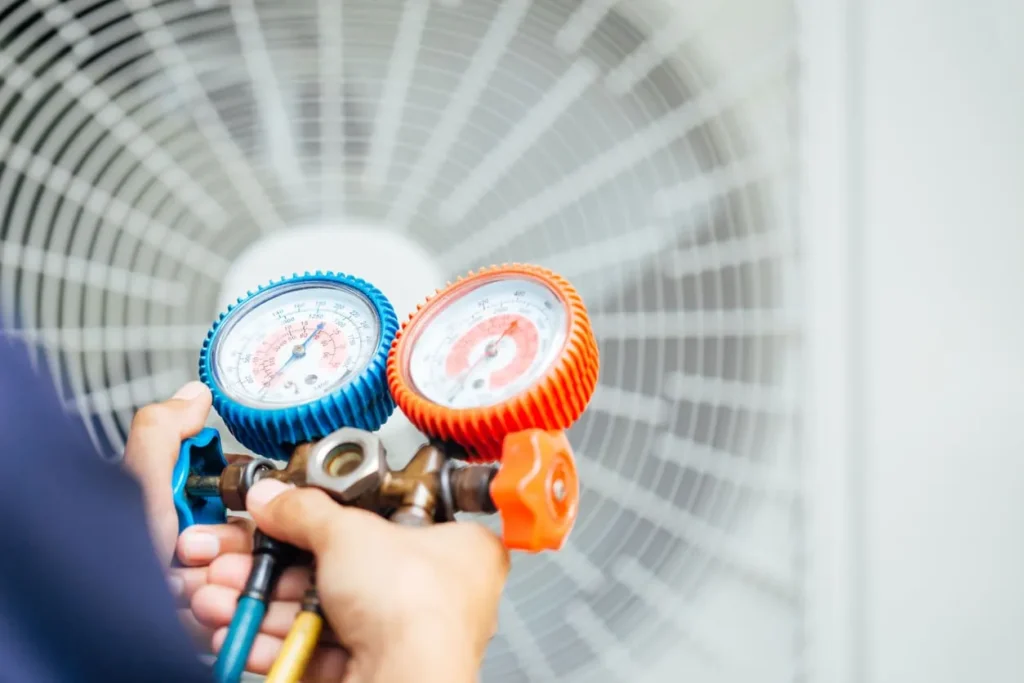Hey there, have you ever come across the term “ecobee calibrating heat cool disabled” and wondered what it means? Well, you’re in the right place! In this blog post, we’ll delve into the intricacies of ecobee’s heat cool disabled calibration feature, breaking down what it entails, how it works, and why it’s important. So, let’s jump right in and explore this fascinating topic together.
What is Heat Cool Disabled Calibration?
When we talk about ecobee’s heat cool disabled calibration, we’re referring to a specific setting within the ecobee smart thermostat that allows users to disable the system’s ability to automatically switch between heating and cooling modes. This feature is particularly useful in certain situations where you don’t want your thermostat to cycle between heating and cooling, such as during shoulder seasons when the temperature fluctuates throughout the day.
How Does it Work?
The heat cool disabled calibration feature on the ecobee thermostat functions by preventing the system from turning on the air conditioning when the temperature rises above a certain threshold, or activating the heating when the temperature drops below a specific point. Essentially, this setting locks the system into either heating or cooling mode, depending on your preference, without allowing it to switch between the two based on the ambient temperature.
Setting up Heat Cool Disabled Calibration
To enable the heat cool disabled calibration on your ecobee thermostat, follow these simple steps:
- Open the main menu on your thermostat.
- Navigate to Settings.
- Select Installation Settings.
- Choose Equipment.
- Find the option for Heat Cool Disabled.
- Toggle the setting to enable or disable as needed.
By following these steps, you’ll be able to configure your ecobee thermostat to operate in either heating or cooling mode exclusively, without the system automatically adjusting between the two.
The Importance of Heat Cool Disabled Calibration
You might be wondering, why is it essential to have the heat cool disabled calibration feature on your ecobee thermostat? Well, here are a few reasons why this setting can be beneficial:
- Energy Efficiency: By disabling the system’s ability to switch between heating and cooling, you can potentially save energy by maintaining a consistent mode of operation.
- Comfort Control: In situations where you prefer your home to be consistently cool or warm, the heat cool disabled calibration ensures that your thermostat sticks to your desired temperature settings without variation.
- Equipment Longevity: Constantly switching between heating and cooling modes can put additional strain on your HVAC system. By utilizing the disabled calibration feature, you can reduce wear and tear on your equipment.
Overall, the heat cool disabled calibration setting provides users with more control over their HVAC system, allowing them to customize their comfort preferences while promoting energy efficiency and prolonging the lifespan of their heating and cooling equipment.
Final Thoughts
In conclusion, the ecobee heat cool disabled calibration feature offers users a valuable tool for fine-tuning their thermostat’s operation to suit their specific needs. By understanding how this setting works and the benefits it provides, you can optimize your home’s comfort level, save energy, and extend the life of your HVAC system. So, next time you’re adjusting your ecobee thermostat settings, consider exploring the heat cool disabled calibration feature and see how it can enhance your overall comfort and efficiency.









